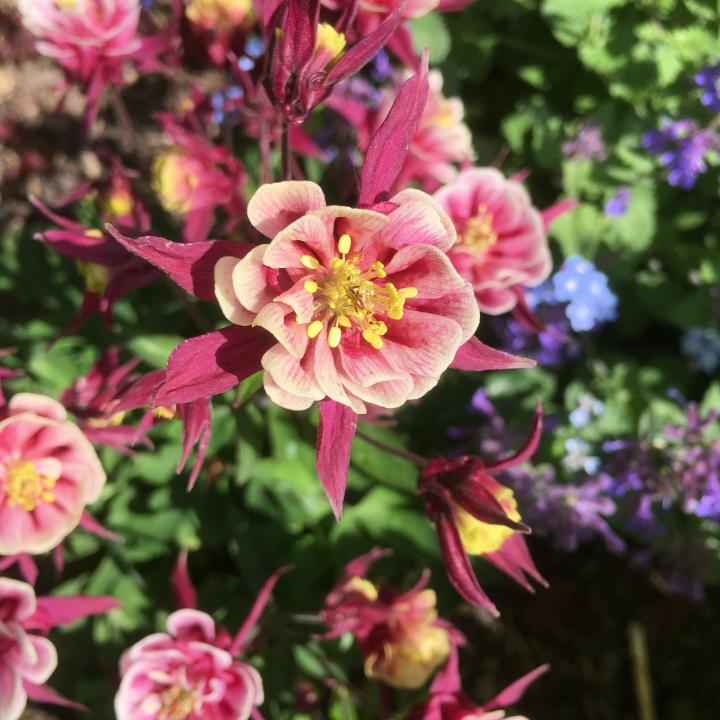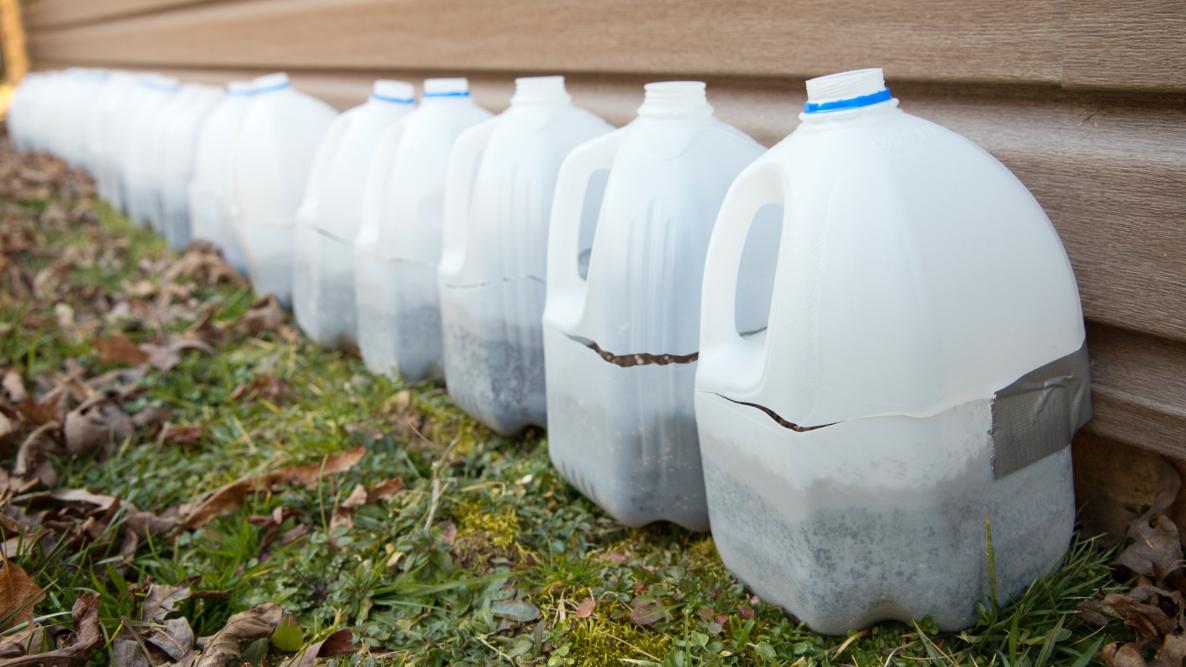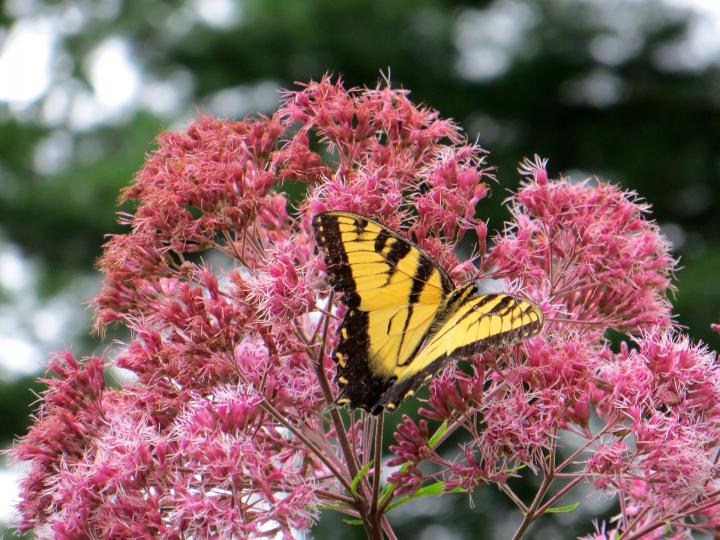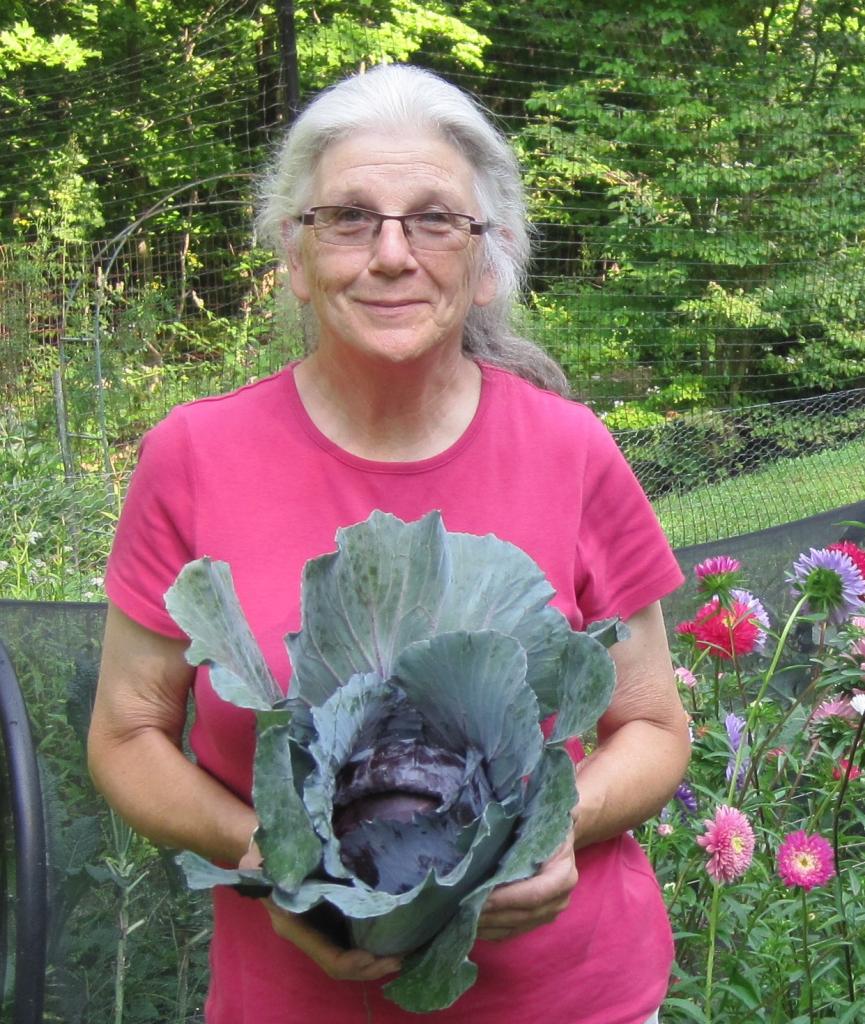
Caption
The poppy seeds I have scattered over the snow have always germinated best for me.
Subhead
Winter is the perfect time to sow hardy perennials
You have a couple invasive plants on your list. Should be a note of warning
I have 2 gigantic wildflower patches. In the fall I leave everything standing because the birds feed off the seed heads. In early spring I mow the entire thing with lawnmower and voila, in a few months I have beautiful wildflowers again. There are also lots of perennials interspersed with the wildflowers. The toughest ones to mow are Shasta Daisies because mine get about 5 feet tall. Bute everything comes back so beautiful and healthy.
What vegetables work this way? I've tried the gallon milk jug method before but it always leaked around the tape. Is there something else that works?
Perhaps, your soil level is too close to the opening? try using a touch less $oil, why waste it, with todays price$ through the roof,,,,,
I've had good luck with green onions in lettuce mix clamshell containers.
near the end of the article is says "let precipitation do its thing". if there are only a few ventilation holes punched in the top of the jug, will precipitation be able to do its thing? also, with the top back in place, doesn't it become a mini-greenhouse, with temps well above ambient even in the winter? if the purpose is to replicate fallen seeds overwintering, wouldn't greenhouse temps interfere with the natural process?
Ken
You take the screw on lid off the jug so rain and snow gets in the top and heat gets out. I don’t put my jugs in full sun. Against the wall/ fence on my patio works well. Once the seeds have sprouted you may need to water them. I open the lids on warm days once the seeds have sprouted.
I would just leave the cap off the jug. Excess heat would leave.
Most instructions say to leave the cap clear off. They have to have oxygen in addition to moisture.
interesting gardening winter-seed info; ty~













Comments